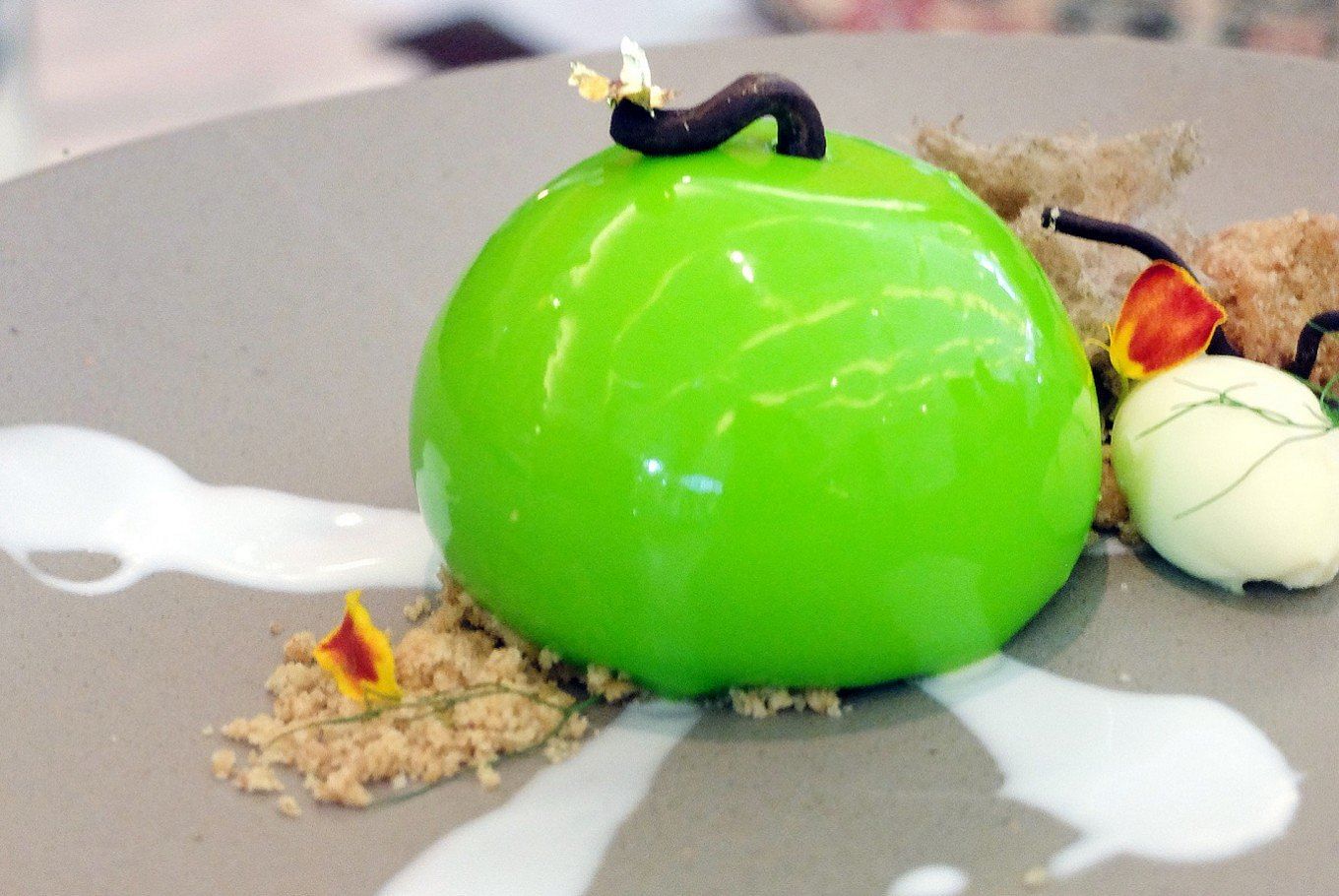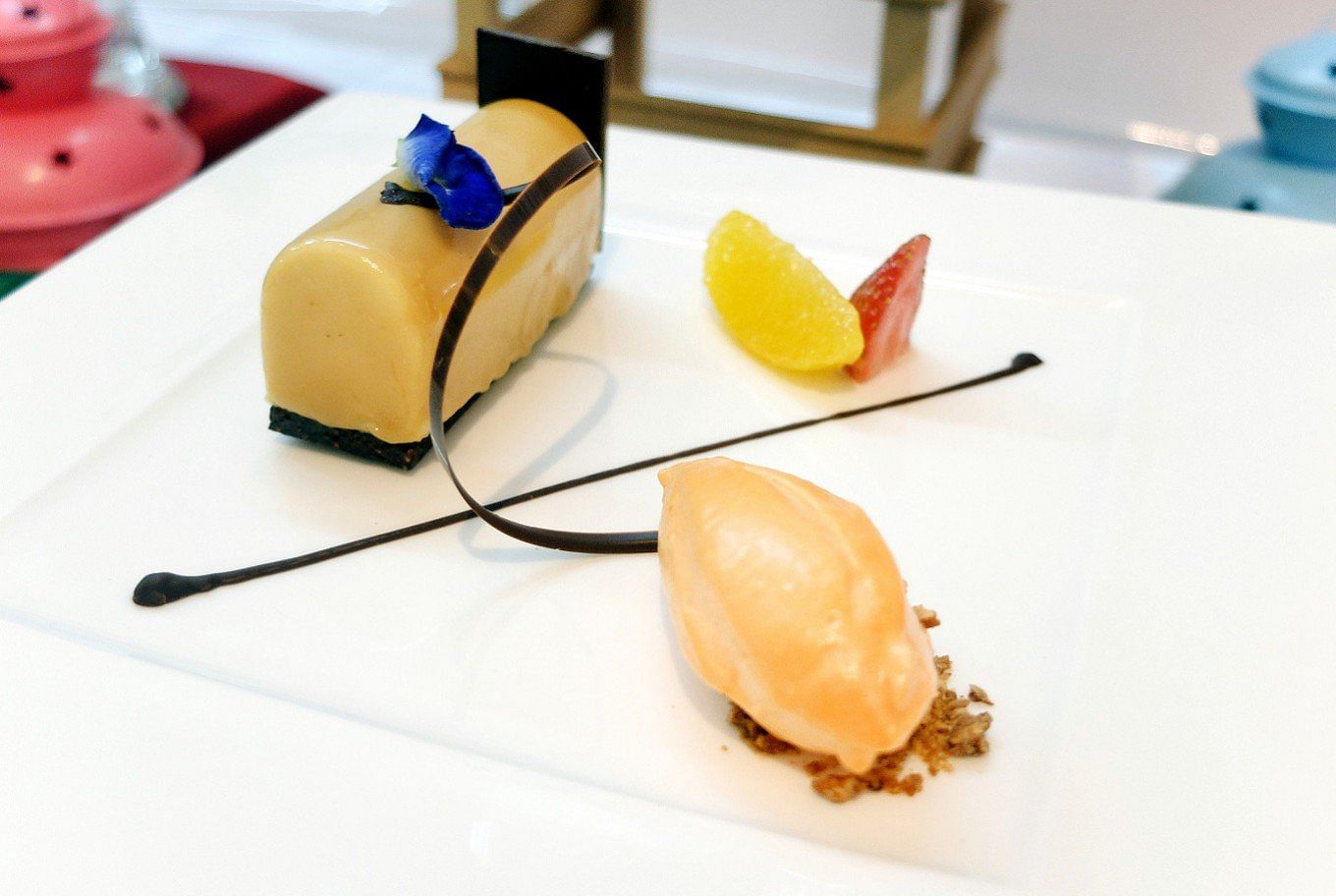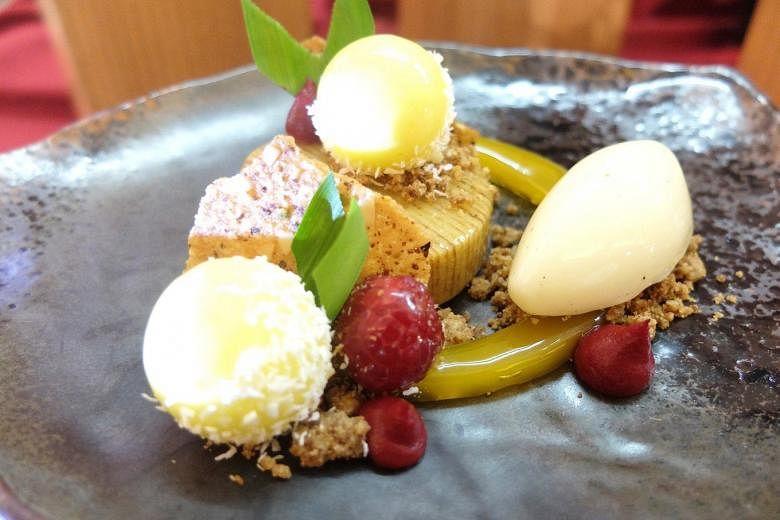(THE JAKARTA POST/ASIA NEWS NETWORK) -
Salon Culinaire, a programme of the Food and Hotel Exhibition 2017, has in the past few years become an arena for chefs and the food industry in Indonesia and neighbouring countries to showcase their techniques and skills in preparing, processing and presenting various dishes. The competitive event was held in Jakarta recently.
To increase the sharing of knowledge with contestants, Salon Culinaire also invited international judges qualified by the World Association of Chef Societies, who gave input and assessed the participants, to improve their quality.
This year's programme, intended to take Indonesian cooking to the world level, presented a culinary class and organised a contest on international cuisine. One of the interesting categories in the competition is called Dessert Plated Indonesian Flavour.
"The dessert is attractive because the participants reconstructed Indonesian cakes into unique forms," the president of the Association of Culinary Professionals, chef Stefu Santoso, said.

As many as 15 groups - comprising chefs from famous hotels and students of hotelier colleges - joined the competition. The students looked thrilled and confident despite having to compete against experienced chefs. "They regard this arena as an opportunity to enhance their creativity and boost their courage to compete," chef Stefu said.
Such a forum would enable the students to receive feedback from the judges, to improve their creations. It's this input that the student entrants were expecting, chef Stefu said.
All of the 15 sets of Indonesian dessert courses turned out to be appealing. During the judging, the plates had only the names of the dishes and ingredients specified. To uphold fairness, the contestants' names were not included.
The participants gave new and modern interpretations of various Indonesian desserts. Lapis legit, also called spekkoek, was mostly served by the competitors. First introduced by the Dutch during the colonial period, the multi-layered cake was named one of CNN's favourite national treats. Another signature dessert that got a new look was es campur (fruit served with shaved ice and syrup) and putu mayang (noodle-shaped cake).

Diverse types of Indonesian chocolate were attractively adorned and separately served or combined with other cakes. Some entrants also explored Indonesian fruit, with one of them presenting Malang's apple mousse. Others converted kolak pisang (bananas stewed in coconut milk) into a kind of mille feuille - a typical French dessert with layers of pastry. The layers were filled with coconut mousse and caramel-covered bananas decorated their top, thus retaining the original kolak flavour. Tofu was also among the uniquely processed desserts.
Apart from taste, one of the major evaluation criteria was presentation, which pushed the participants to concoct desserts that are not only appetising to the stomach, but also to the eye. Chef Stefu said creativity in plating should still be upgraded by young and senior chefs as well as students.
"The judges acknowledged there should be no doubt about the flavour of Indonesian cuisine," he said.
"However, the plating of many dishes has yet to be appropriately handled so as to be accepted at hotels or competitions of international standards. Attractive plating can raise the value of the relevant dishes - both as culinary and artistic works."

